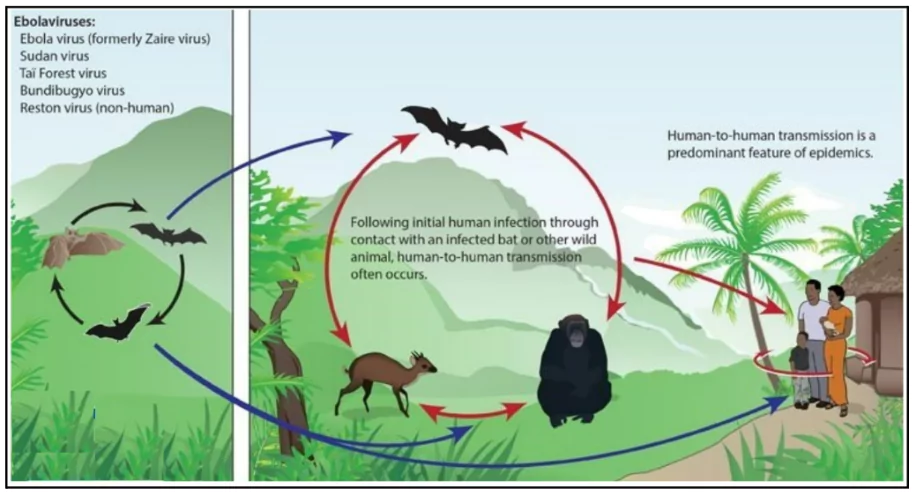![]() 15 Feb 2025
15 Feb 2025

Recently the Ugandan government and WHO confirmed a Sudan virus disease (SVD) outbreak.
 Similarity to Ebola Virus: Sudan virus and Ebola virus both belong to the Orthoebolavirus family and cause severe hemorrhagic fever, sharing similar symptoms like fever, vomiting, diarrhea, and bleeding, but require different vaccines due to genetic differences.
Similarity to Ebola Virus: Sudan virus and Ebola virus both belong to the Orthoebolavirus family and cause severe hemorrhagic fever, sharing similar symptoms like fever, vomiting, diarrhea, and bleeding, but require different vaccines due to genetic differences.<div class="new-fform">
</div>